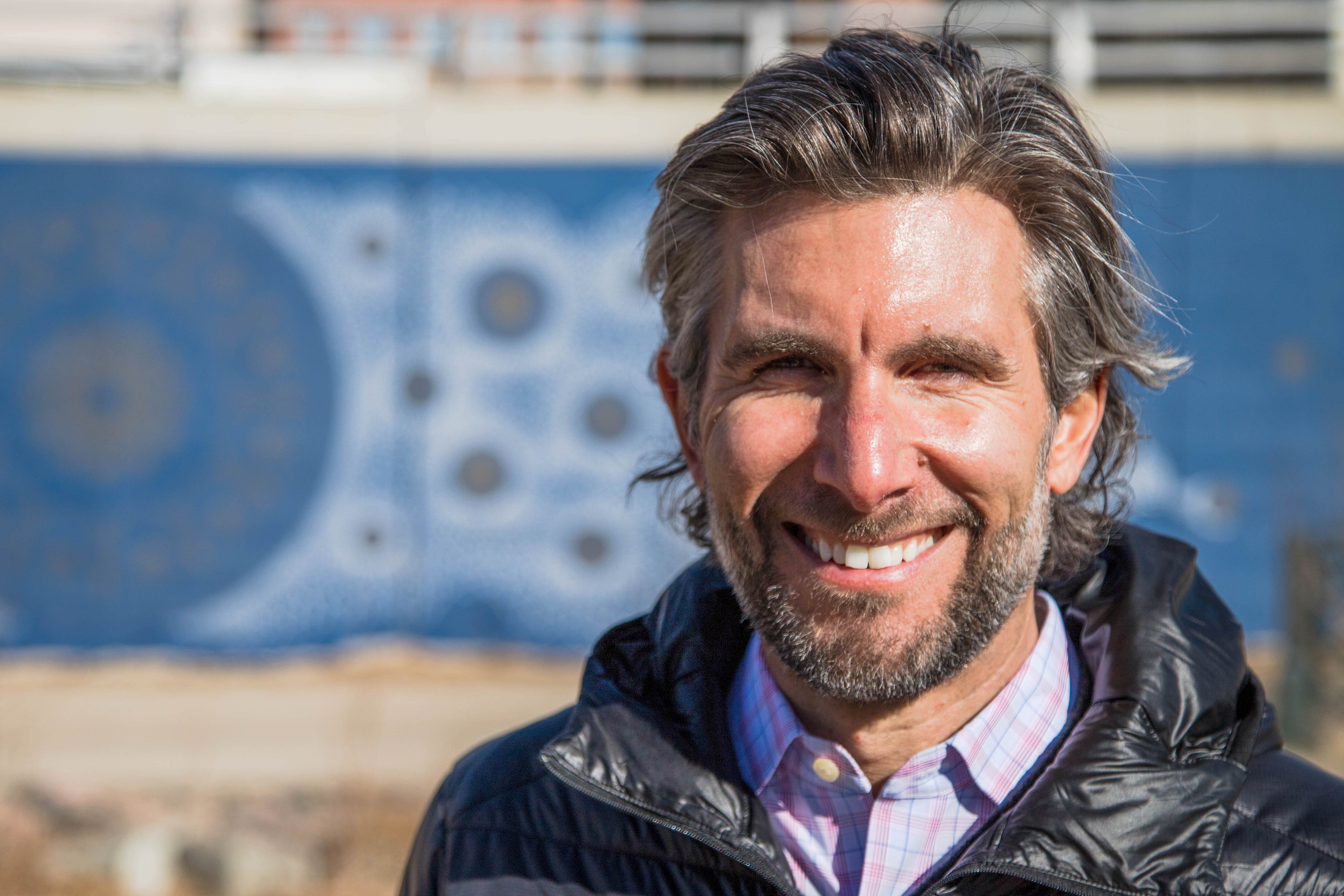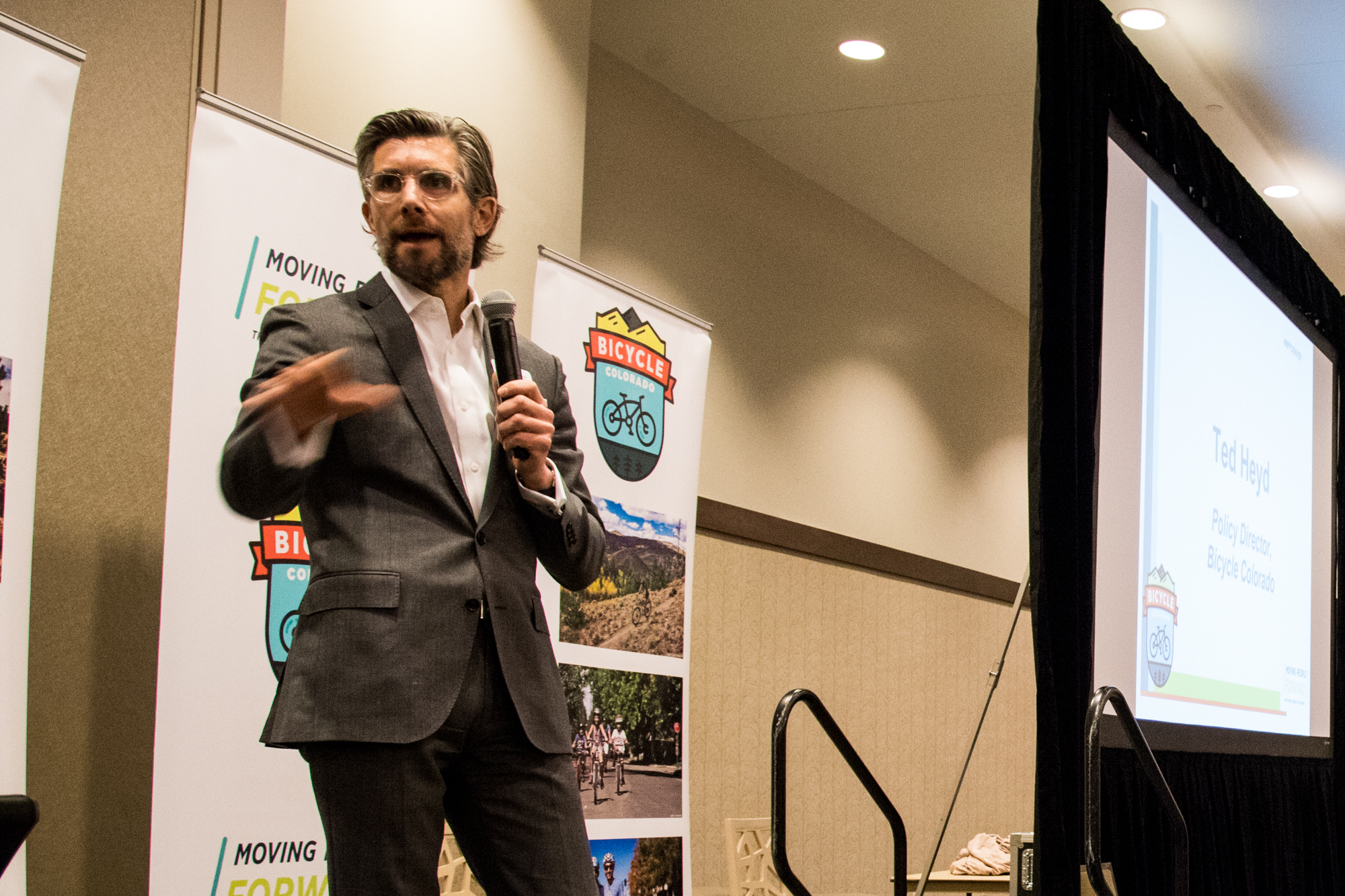Members asked, Pete answered
Once a month in our eNews, we ask our members to tell us what they’re thinking about certain projects we’re working on. Their feedback helps us improve the work that we do, and it ensures that we’re working effectively for the people who make our work possible.
In last week’s eNews, we had a special question for members–we wanted them to ask Pete, our new executive director, the questions that were important to them. Here are a few of his responses.


Welcome to BC, Pete. I think the director should be an avid cyclist to fully appreciate the issues we face daily on the roads throughout Colorado. I’d like to know more details about your cycling experience, type and frequency of your rides, and if you have plans to join in local group rides and other challenging ride events.
Thank you!
– Jim S., member since 2017
I agree, Jim, and though I’m not coming to Bicycle Colorado from inside the bike industry, I have been involved in a number of rides around the state. My first in Colorado was in 1997, from Aspen to Snowmass. It practically killed me–I was a novice mountain biker at the time. I’ve also ridden Elephant Rock, the Copper Triangle, Triple Bypass and other road rides, and taken part in mountain bike festivals like the Fruita Fat Tire Festival. I had a 10-year stretch that involved a lot of racing, and mostly on mountain bikes–Winter Park, Rocky Mountain Endurance Series, Firecracker 50, Silverush 50, Breck 100, Leadville 100–to name a few. I haven’t raced in five years, and now I’m doing a lot more commuting mixed in with weekend rides with my wife and kids. My go-to ride is taking the Platte River trail to Deer Creek Canyon to High Grade in Jefferson County. I look forward to participating in more events across the state, and hopefully with a lot of Bicycle Colorado members.
How will you encourage the “average” Joe (and Jane) to commute by bike?
– Katie C., member since 2012
Hi Katie, thanks for your question. We try and communicate the many personal benefits that go hand in hand with bike commuting–such as improved health and air quality–to members and supporters. We hear time again from bike commuters that safety is a top concern. As a commuter myself I can understand why, and as the population of Colorado continues to grow and more people turn to bicycling as a means of transportation, addressing safety concerns is especially important to get more people bicycling. But we’ll also continue to highlight in our day-to-day communication topics and stories relevant to bike commuters, heighten awareness of safe bicycling routes and provide access to educational materials to understand bicyclists rights, rules of the road, basic maintenance and more.
What are the greatest opportunities for Bicycle Colorado to grow in the next five years?
– Anonymous
As many Coloradans would tell you, though maybe not in so many words, the word is out–people are discovering how great Colorado is. The population grows by the day, and that’s an opportunity for Bicycle Colorado to increase the number of people who ride bikes–be it for transportation or recreation. This summer, we’ll be developing a strategic plan that will allow us to identify and pursue highest impact opportunities. A few opportunities we will be assessing include strengthening partnerships with local, grassroots advocacy organizations across the state; promoting active transportation and transportation equity by ensuring our historically underserved communities have equal access to bike infrastructure; and continuing to improve our already-strong legislative and educational work.
What is a safety stop?
– Melinda M., member since 2013
A timely question, Melinda! The Safety Stop is Colorado’s term for traffic
legislation that would allow bicyclists to treat stop signs as yield signs and stop lights as stop signs, but
only when safe to do so. You may know it by the term “Idaho Stop,” named so because Idaho legalized the maneuver
in 1982. When implemented, it has been shown to calm traffic by making bicyclists’ behavior more predictable,
and doing so makes all road users safer. The year after Idaho implemented the legislation, crashes involving
bicycles fell by nearly 15%, and fatalities are nearly nonexistent. Right now, Senate Bill 144, which provides
common language for Safety Stop legislation that can be implemented around the state, is being heard in the
Colorado House of Representatives, and we are strongly in support of the legislation. You can reach out to your representatives and let them know you support it, too, by clicking here.
Denver is growing fast. What’s the #1 thing an advocacy organization like Bicycle Colorado can focus on to make sure bike infrastructure keeps pace with population growth and demand on rights of way?
– John B., member since 2011
Thanks John. I’ll highlight two things we can do (though there are certainly more): The first is increasing our funding for bike infrastructure.The second is making sure all transportation projects are designed and executed with an eye toward advancing safe bicycling. According to the League of American Bicyclists, Colorado as a whole ranks 17th and 11th in these two categories, respectively. That just doesn’t cut it. When it comes to education and encouragement, legislation and enforcement, and policies and programs, we rank fourth, second and fifth, respectively. I don’t see why we can’t be number one in any of those five categories, but funding and planning are specific areas of concern. And making Denver a world-class bicycling city will go a long way in making Colorado the #1 bike state.
Leave A COMMENT
Our twitter feed is unavailable right now.
The Latest News
view all- Jul 1, 2025
- by Bicycle Colorado
In Their Words: Siblings Log Thousands of Miles by Biking to School
Guest Blog Post: By The Williams Family It sounds like a scene from a bygone era: a brother and sister set off on bicycles to school each and every morning, sometimes stopping at the public library or the ice cream parlor on the way home after school. For Denver residents Luella and…
- Bicycle Commuting,
- Kids on Bikes,
- Safe Routes,
- Transportation Talk
- No Comments








